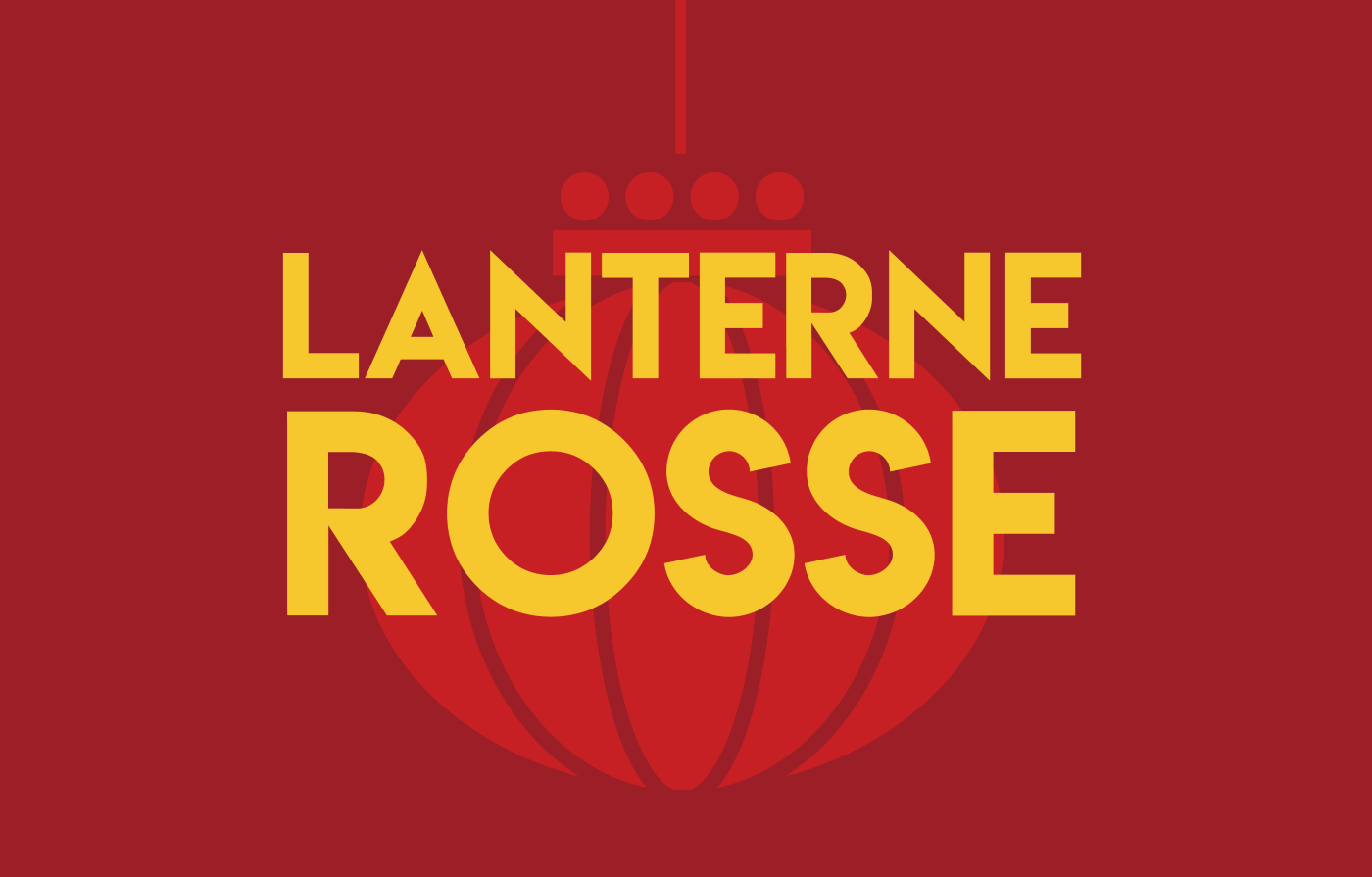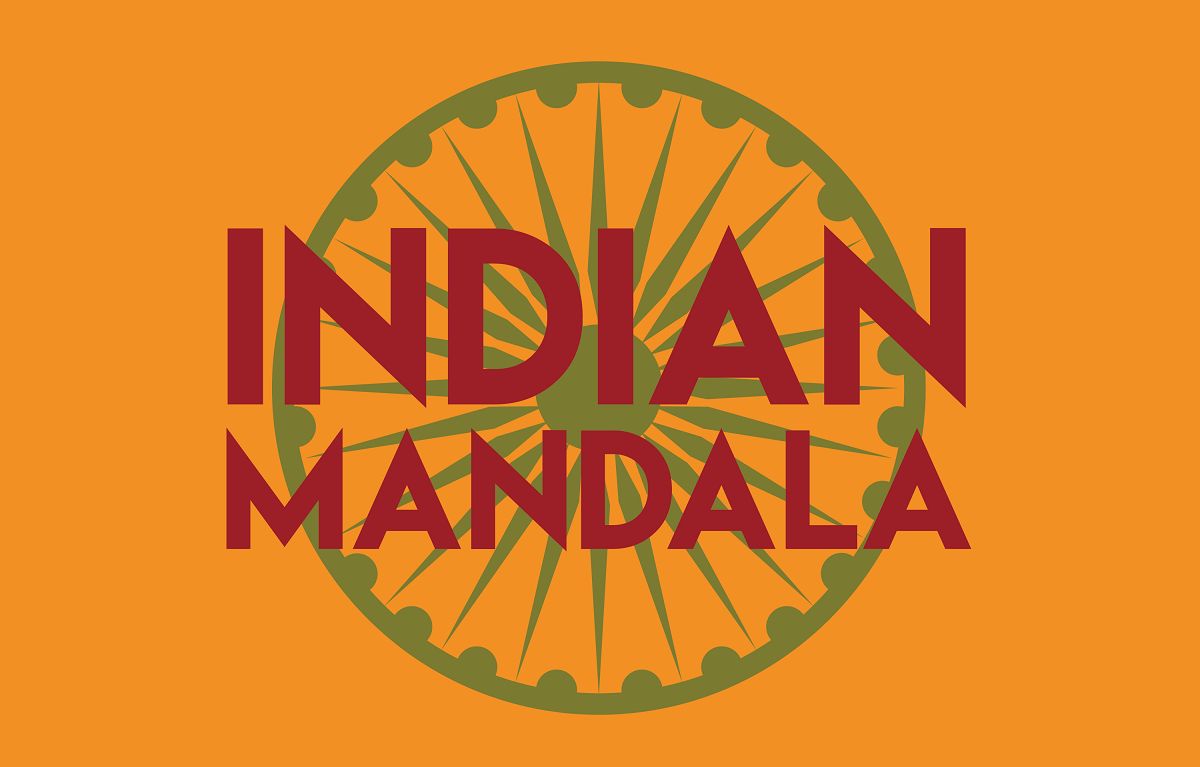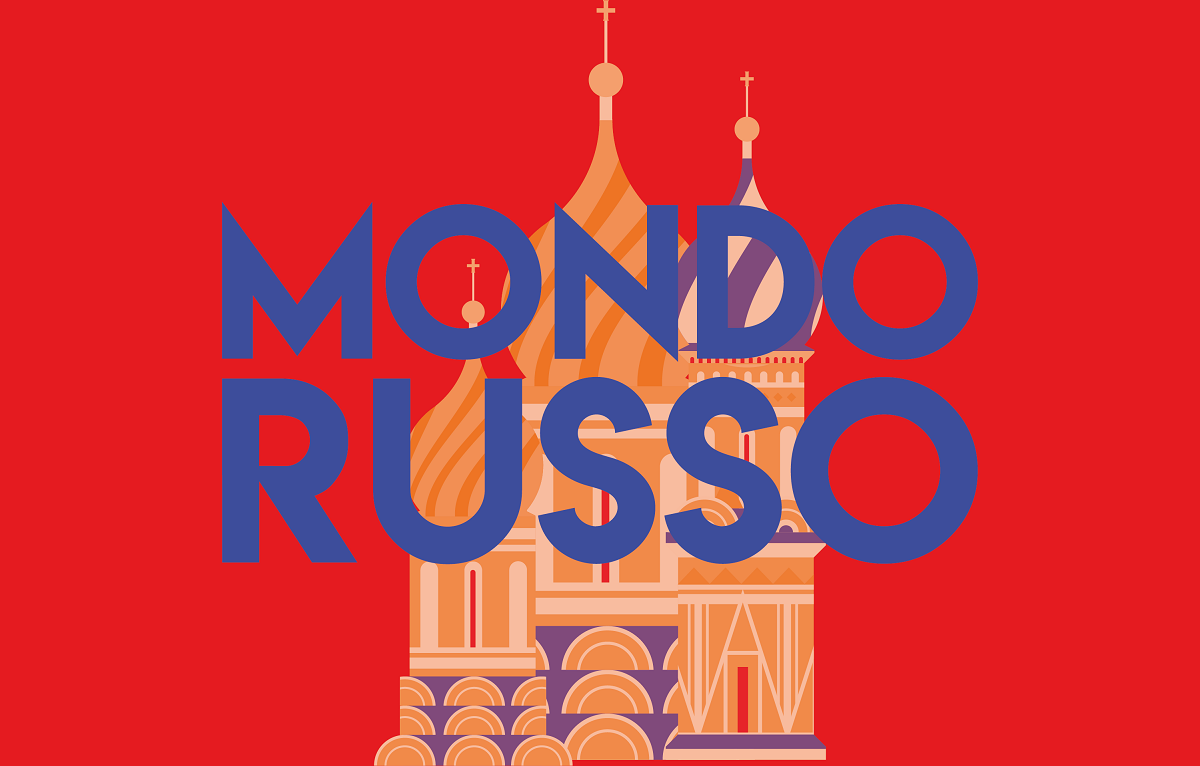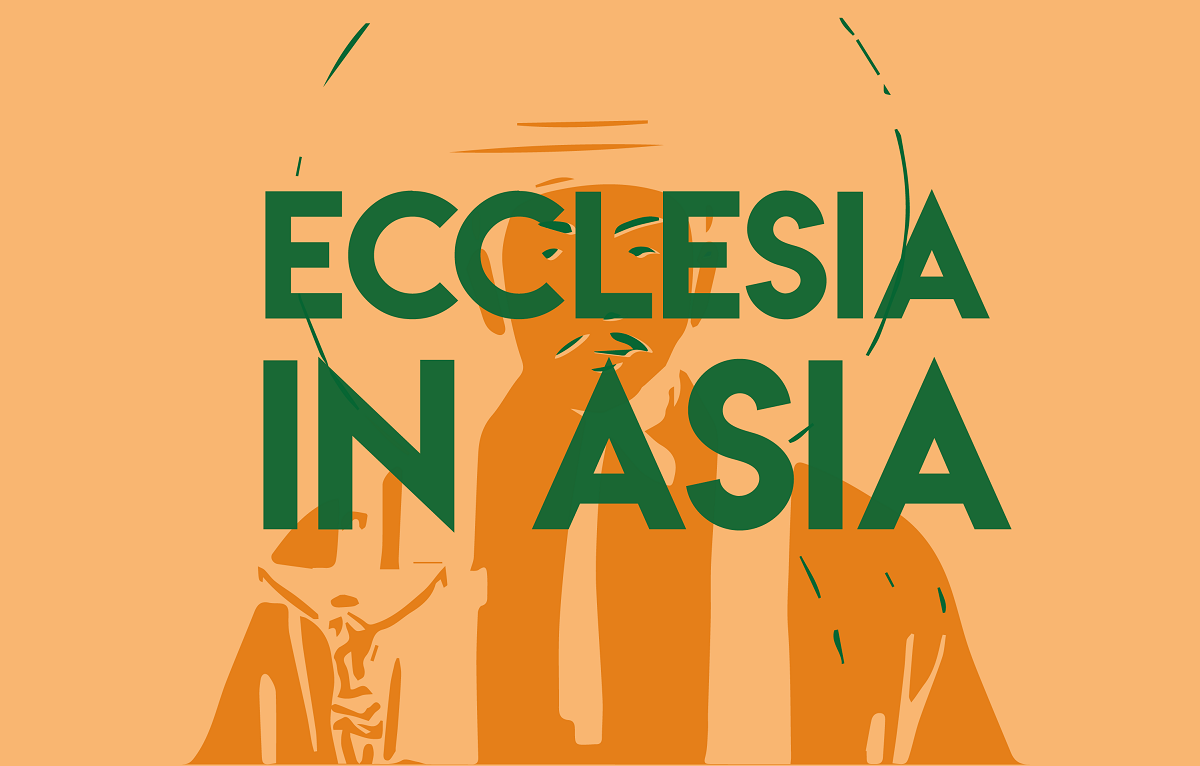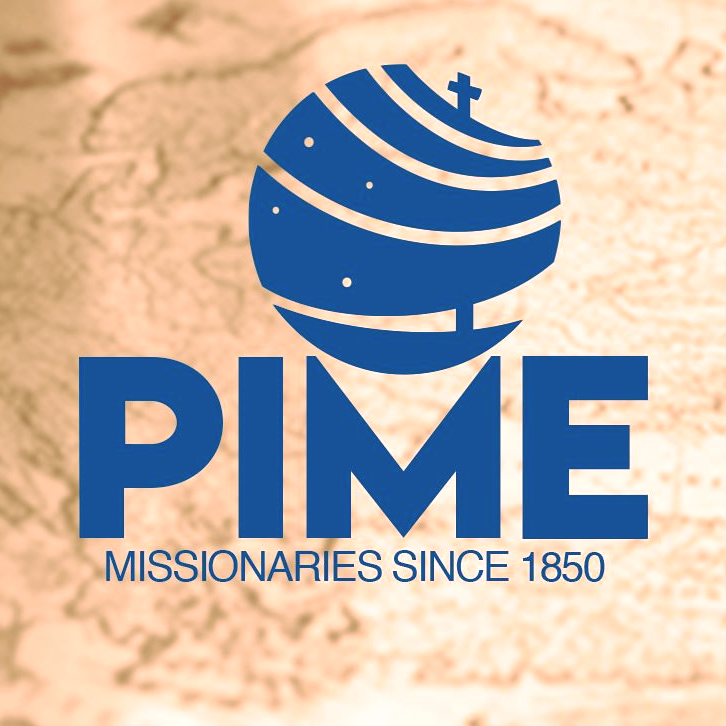Central Asia's rare earths
The region holds vast reserves of these minerals, now highly sought after by the high-tech industry. Kazakhstan speaks of “unparalleled deposits”. The European Union is working to foster suitable partnerships as a possible alternative to China for supplies. However, these efforts are hindered by underdeveloped technological infrastructure, which slows down the region’s real prospects for growth.
Astana (AsiaNews) – In the context of the trade war between the United States and China, and agreements on valuable minerals between Washington and Kyiv, Central Asia is seeking to open up new trade routes in the global arena, while Beijing tightens controls on the export of these crucial materials. However, the Central Asian states suffer from a serious lack of technological capacity and, for the moment, do not appear able to withstand the intense geopolitical competition or to present themselves as a viable alternative to China, the undisputed global leader in this field.
Central Asia is home to substantial reserves of rare earth elements, and European countries are working to put forward appropriate proposals, as seen at the first full-format “Central Asia–European Union” summit held last April in Samarkand, attended by European Commission President Ursula von der Leyen. Rare earths were a central topic of discussion, covering 17 key and highly sought-after elements: scandium, yttrium, lanthanum, cerium, praseodymium, neodymium, promethium, samarium, europium, gadolinium, terbium, dysprosium, holmium, erbium, thulium, ytterbium, and lutetium.
Most of these elements are found in nature no less frequently than lead, but they are difficult to extract, as rare earths are typically impurities within other minerals, rather than standalone minerals. The rarest, and the only radioactive one, is promethium, which is almost never found naturally and is instead produced artificially in nuclear reactors. In addition to these, around 60 other elements fall into this broader category, including lithium, beryllium, vanadium, titanium, and molybdenum. For this entire sector, the EU has introduced the ambitious Global Gateway investment package, with €2.5 billion earmarked for projects related specifically to rare earth minerals – which are of strategic importance for EU industrial activity.
Kazakhstan is particularly eager to act on these opportunities, having announced the development of deposits “unmatched anywhere else”. The EU Ambassador to Astana, Slovenian diplomat Aleška Simkić, said this news “greatly increases Kazakhstan’s importance in the context of key critical raw materials”. However, several experts and geologists who have carried out assessments at the site believe the announcement may be premature. Confirming the scale of the reserves will require much more time and substantial investment.
These minerals are virtually irreplaceable in high-tech sectors – essential in the manufacturing of smartphones, hard drives, and displays, as well as medical equipment such as MRI scanners, and advanced defence systems utilising radar and recognition mechanisms. They also play a major role in “green technologies”, which most countries around the world are increasingly obliged to adopt. Kazakh President Kassym-Jomart Tokayev has also affirmed that his country is ready to share its “great potential”.
According to President Sadyr Japarov, Kyrgyzstan too possesses significant reserves of rare and precious metals, and has repeatedly called for the establishment of large-scale international cooperation in the sector – both through bilateral partnerships with interested nations and through broad regional programmes, as the EU intends. Some agreements are already in place with Uzbekistan, and in March, Kazakhstan signed a separate €3 million deal with the EU. The United States is also providing funding to Astana for lithium and other metal extraction projects in the Aral Sea region, including the creation of a joint venture – Cove Kaz Capital Group – which is conducting exploration for neodymium, praseodymium, dysprosium, and terbium in the Kostanay region.
Currently, the global top 10 producers of rare earths include, after China: the United States, Myanmar, Australia, Nigeria, Thailand, India, Russia, Madagascar, and Brazil. The countries of Central Asia are much further down the list but are hopeful of moving up significantly in the near future.





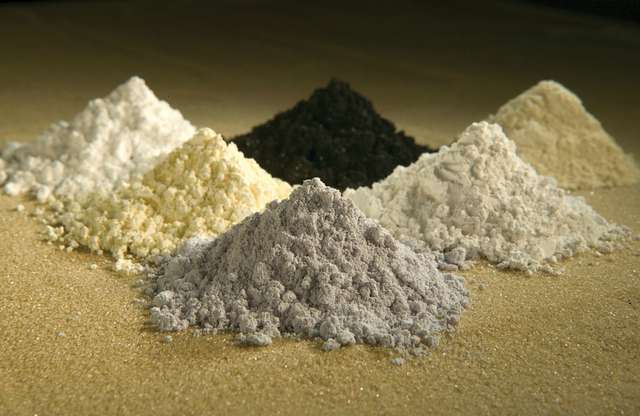

.png)

